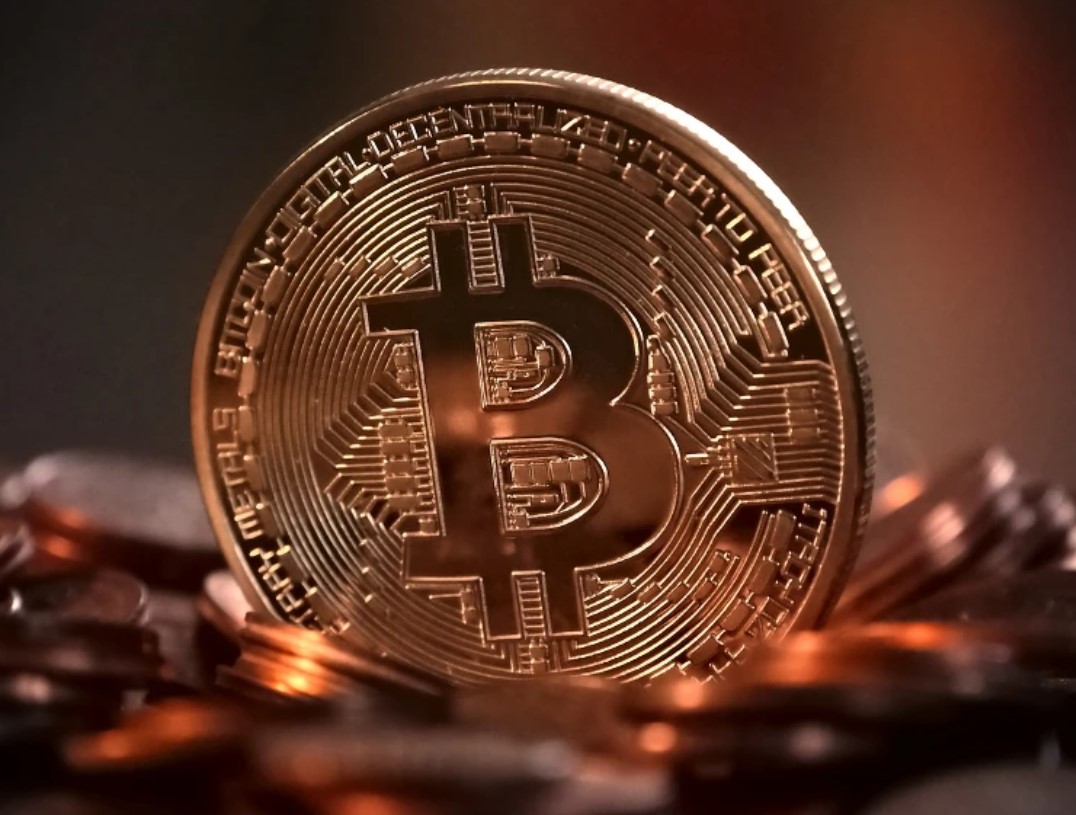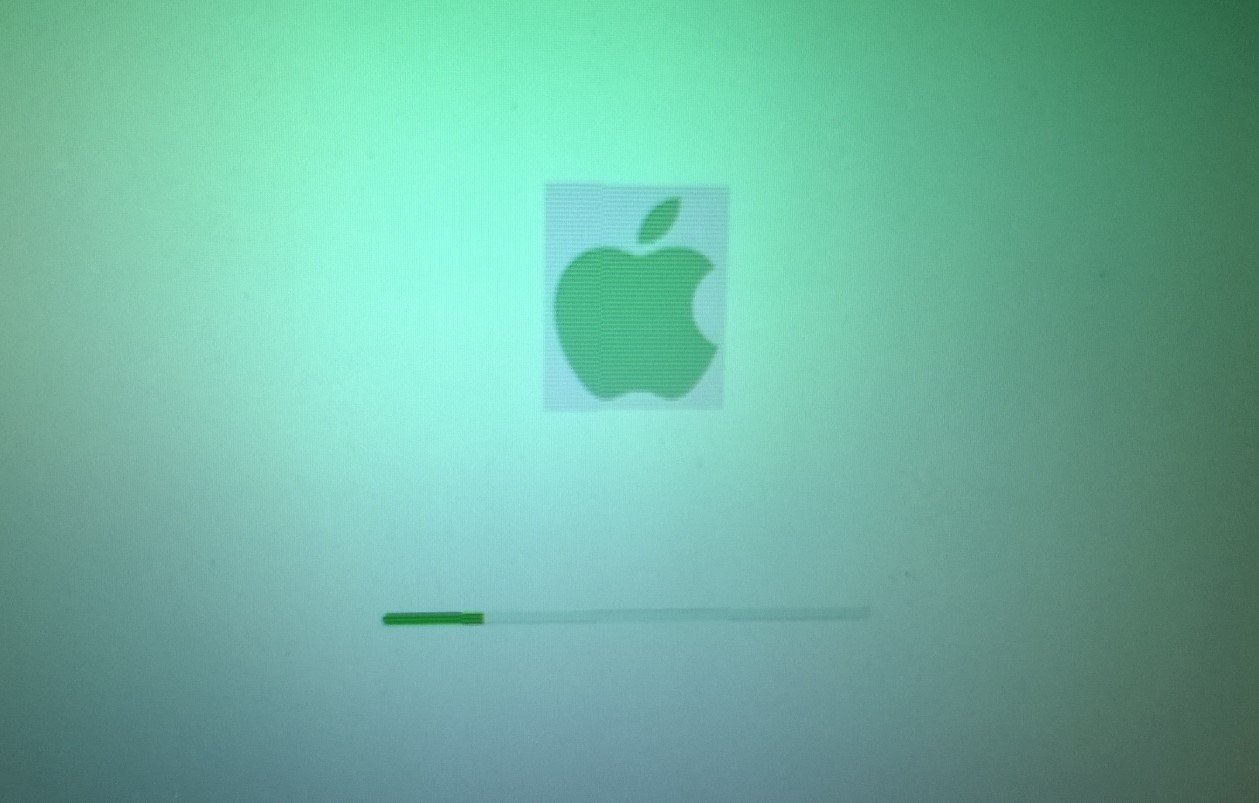News
Fed Holds Rates Steady Again, but Crypto Powers On as Institutions and Innovation Take the Wheel
Published
2 months agoon
In a much-anticipated move, the Federal Reserve kept its benchmark interest rate unchanged at 4.25%–4.5% for the fifth straight meeting on July 30. But in a rare twist, two top officials broke ranks and voted for a rate cut — the first such internal split in three decades.
Crypto markets, long obsessed with interest rates, took notice. But this time, the story is different. Even as monetary policy stays tight, crypto seems to have found new momentum from deeper pockets and technological upgrades.
Fed Split Reveals Tensions, But Market Expectations Shifted Fast
So here’s what happened. Fed governors Michelle Bowman and Christopher Waller voted for a quarter-point cut. That’s notable — not just because rate decisions are typically unanimous, but because it’s been 30 years since two board members dissented in favor of easing.
But the broader committee kept rates frozen. The reason? Inflation’s proving sticky.
June’s inflation print came in at 2.7%, a step up from 2.4% the month before. Not the direction the Fed wants to see.
That small bump in CPI, paired with White House tariff policies pushing up supply chain costs, seems to have sealed the deal. The Fed isn’t about to cut aggressively while inflation’s still creeping up.
And just like that, Wall Street cooled its expectations for September. The probability of a cut dropped to 46% almost instantly.
Why This Matters Less Than It Used To for Crypto
Traditionally, cheaper money was crypto rocket fuel. Loose policy encouraged risk-taking. Higher rates? Not so much. But today’s digital asset market doesn’t rely solely on rate policy anymore.
Bitcoin, Ethereum, and others were down slightly on the day. But no major panic. No flash crash. Why?
Because liquidity is still flowing — just from different sources.
Institutional inflows are driving much of the current interest. Bitcoin ETFs pulled in $6.6 billion over just 12 trading days in July. That kind of demand creates a floor — especially when the money isn’t just retail speculators but large asset managers.
Here’s What Crypto Traders Are Really Watching
Investors may be talking about the Fed, but they’re acting on blockchain fundamentals.
Ethereum completed its Pectra update back in May. That boosted throughput and made the network cheaper — two things that institutions love. And unlike Fed meetings, network upgrades don’t wait for inflation data.
Solana’s on track to get a spot ETF approval, with prediction markets giving it a 99% chance by 2026. Even without a rate cut, that’s already drawing attention.
XRP also launched its Ethereum-style sidechain at the end of June. Developers are testing it, liquidity is starting to move, and the project doesn’t need the Fed’s blessing to grow.
Comparing Major Tokens Under Current Conditions
Here’s how the market’s top digital assets are faring post-Fed decision:
| Token | Price (Aug 2) | Daily Change | 2025 High | Volume (24h) | Notable Catalyst |
|---|---|---|---|---|---|
| Bitcoin | $113,787 | -1.81% | $122,837 | $57B | ETF inflows, institutional bid |
| Ethereum | $3,525 | -5.14% | $4,089 | $40B | Pectra upgrade |
| Solana | $186 | -4.06% | $197 | $11B | ETF speculation |
| XRP | $2.98 | -0.89% | $3.65 | $7B | New smart contract sidechain |
Bitcoin still leads in volume and visibility. Ethereum’s fundamentals are sharper. Solana has the regulatory edge. XRP’s rebuilding momentum.
Each has a different story — but none are reacting wildly to the Fed.
The Macro Still Matters, Just Not As Much
Don’t get it twisted — the Fed isn’t irrelevant. But its grip on crypto sentiment has loosened.
Why?
Because institutions aren’t trading off yield curves anymore. They’re building products. Spot ETFs. Tokenized treasuries. Smart contract solutions. That stuff takes time and planning — not knee-jerk reactions to CPI.
Plus, crypto is gaining new pipelines:
Fidelity, BlackRock, and other major players are all launching or expanding crypto products.
Developer activity remains high on networks like Ethereum, Avalanche, and Polygon.
Startups are focusing less on speculation and more on blockchain infrastructure.
These forces are sticky. They don’t evaporate with one Fed decision.
Traders Shift From Timing the Fed to Watching Tech
For traders looking at the second half of 2025, rate cuts are still part of the equation — but not the whole story.
More important is where money is flowing and what’s being built. Tokens without upcoming catalysts are already seeing attention drift. Coins with fresh upgrades or regulatory tailwinds are holding strong.
Instead of all-in bets, many are using dollar-cost averaging. That means buying slowly, consistently, and ignoring the noise.
You could say crypto’s growing up.
Hayden Patrick is a writer who specializes in entertainment and sports. He is passionate about movies, music, games, and sports, and he shares his opinions and reviews on these topics. He also writes on other topics when there is no one available, such as health, education, business, and more.

You may like

Met Police Crack £5.5 Billion Bitcoin Seizure in Historic Fraud Case

Cipher Mining Surges After Triple Price Target Boosts and New AI Deal

Star Wars Fans Celebrate Casting of Darth Plagueis in Live Action

Crypto Fear and Greed Index Falls as Market Slumps and Fed Warnings Bite

Boyd Gaming Cyberattack Exposes Employee Data in Major Breach

Hackers Target Evertec’s Sinqia in Bold $130M Pix Heist Attempt

Penn Badgley and Domino Kirke Welcome Twin Boys in Sweet Surprise

Zendaya Celebrates 29th Birthday with Grateful Instagram Post

Cyberpunk 2077 Teases Major Reveal on September 4





